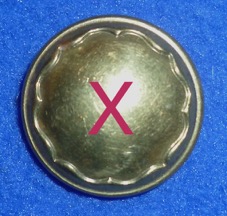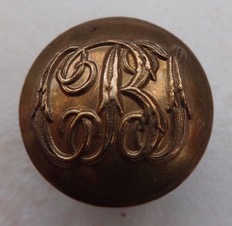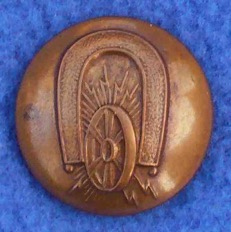City of Birmingham Tramways
Owner City of Birmingham Tramways Company
Took over 29th September 1896 (Birmingham Central Tramways Company [horse; steam; cable; battery electric])
Operator City of Birmingham Tramways Company (the majority of lines being leased from Birmingham Corporation)
Last battery electric service 13th May 1901 (on the corporation-owned Bristol Road route)
First overhead electric service 14th May 1901 (Bristol Road route)
Taken over (company) June 1902 (controlling interest gained by the British Electric Traction Company)
Took over (operation) 1st January 1904 (Aston Manor Corporation), steam services, possibly including the section leased from Birmingham Corporation
Taken over (operation) 4th January 1904 (Birmingham Corporation) - newly electrified section of the former Birmingham and Aston Tramways between Steelhouse Lane and the Aston Manor boundary
Ownership transferred 1st July 1904 (to Birmingham and Midland Tramways Limited - another local BETCo subsidiary) and administered by the newly formed Birmingham and Midland Tramways Joint Committee
Last horse service 30th September 1906
Taken over (ownership) 22nd December 1906 (Birmingham Corporation) - CofBTCo-owned tracks in Balsall Heath, the latter having been incorporated into Birmingham in 1891
Last steam service 31st December 1906
Taken over (operation) 1st January 1907 (Birmingham Corporation) - majority of lines following expiry of leases
Last cable service 30th June 1911
Taken over 1st January 1912 (Birmingham Corporation) - remaining assets and leases (including those outside Birmingham)
Length 36.65 miles
Gauge 3ft 6ins
Button description (pre-1901) Uniforms not worn
Button description (circa 1901-1902) Script initials, ‘CBT’.
Button description (c1902 onwards) Wheel, magnet and electrical flashes
Materials known Brass; chrome; black horn
Button Line reference [113/16]
Comment Photographs taken prior to the BETCo take-over (see link) suggest that conductors working the horse, steam and cable services wore informal attire, whereas staff working the newly introduced electric services (from 1901) appear to have been issued with uniforms (1901). A potential candidate for the button worn during this short period is the script-lettering 'CBT' button shown; however, there is currently no documentary or photographic evidence to support this attribution. The British Electric Traction Company had a common approach to all its subsidiaries, so staff working the electric services would have worn the standard BETCo 'Magnet and Wheel' button. Photographs suggest that horse, cable and steam-tram conductors were eventually also provided with BETCo uniforms, as were cable-tram drivers.
The history of BETCo-owned tramways in the Black Country is a complex one. The BETCo essentially started by acquiring an interest in several local tramways (Dudley and Wolverhampton Tramways; Dudley and Stourbridge Steam Tramways; and South Staffordshire Tramways) in 1897, then rapidly expanded its influence by gaining control of several other tramways. On the 1st July 1904, the BETCo transferred its shares in these companies to Birmingham and Midland Tramways Limited, a company which it directly controlled. The six tramways (later seven) were thereafter managed as a single concern by the Birmingham and Midland Tramways Joint Committee (from October 1915, the Birmingham and Midland Joint Committee of Electricity, Tramways and Motor Omnibus Undertakings), which comprised board members from the individual concerns:
- Birmingham and Midland Tramways (via the Birmingham and Midland Tramways Limited)
- City of Birmingham Tramways (via the City of Birmingham Tramways Company) - until 1912
- Dudley, Stourbridge and District Electric Tramways (via the Dudley, Stourbridge and District Electric Traction Company)
- Kidderminster and Stourport Electric Tramway (via Kidderminster and District Electric Light and Traction Company) - from October 1915
- Kinver Light Railway (owned by the DS&DETCo)
- South Staffordshire Tramways (primarily via the South Staffordshire Tramways [Lessee] Company)
- Wolverhampton District Electric Tramways (via Wolverhampton District Electric Tramways Limited)
The B&MTJC worked in partnership with many local authorities, some of which owned the tramway lines within their municipal boundaries, but leased them to one of the B&MTJC's constituent tramway companies. Many of these authorities harboured transport ambitions of their own, which were ultimately to be the downfall of the B&MTJC's network, the last of its services being taken over by Walsall Corporation in 1930.


